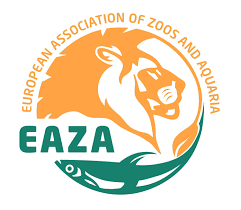The 2024-2025 Bearded Vulture (Gypaetus barbatus) breeding season is underway, and at Guadalentín Breeding Centre in Spain, four chicks have successfully hatched. While we are happy for these four precious chicks, the total number of chicks this season is notably lower than in previous years. This year ten eggs in total were laid of which four were infertile and six fertile.
The reasons behind this reduced figure remain unclear, and interestingly, other breeding centres within the Bearded Vulture EEP (European Endangered Species Programme) have also reported similar trends this year.
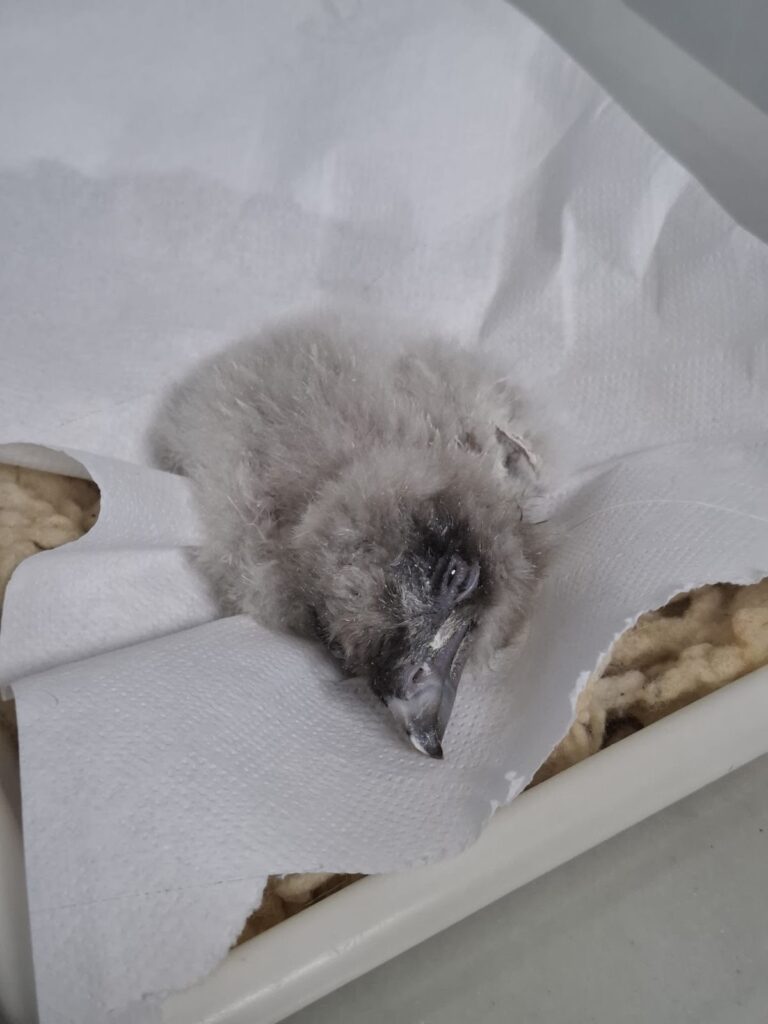
A closer look at this year’s chicks
Guadalentín, managed by the Junta de Andalucía and coordinated by the Vulture Conservation Foundation within the EEP, remains one of the most important facilities for the conservation breeding of Bearded Vultures in Europe.
Let’s look at the four chicks of this season:
- 25 February – The first chick of the season: BG1262
At precisely 00:10, the first chick of the 2024 season made its debut. Hatched from Salvia’s egg (parents: Andalucía x Salvia – BG391 x BG360), the chick required a bit of assistance to break out of its shell—proving that even the best beginnings sometimes need a helping hand. Weighing in at a healthy 136.4 grams, the chick developed normally in the laboratory and, as you can see in the video below, wasted no time developing a strong appetite. The Guadalentín team’s carefully prepared snacks were clearly appreciated—enthusiastically and repeatedly! On 2 March, the chick was successfully adopted by its biological parents, who immediately began feeding it and displaying all the right parental instincts. A strong start to life, with promising signs for the future!
- 1 March – Viola’s first chick hatches: BG1267
In the early hours of the morning, at 02:45, BG1267 hatched without any assistance, weighing 155.7g. This chick is the proud offspring of Elías x Viola (BG313 x BG330), and its development in the laboratory has been progressing smoothly. On 6 March, it was successfully adopted by the foster pair Borosa x Toba (BG337 x BG317), settling into its new family with ease.
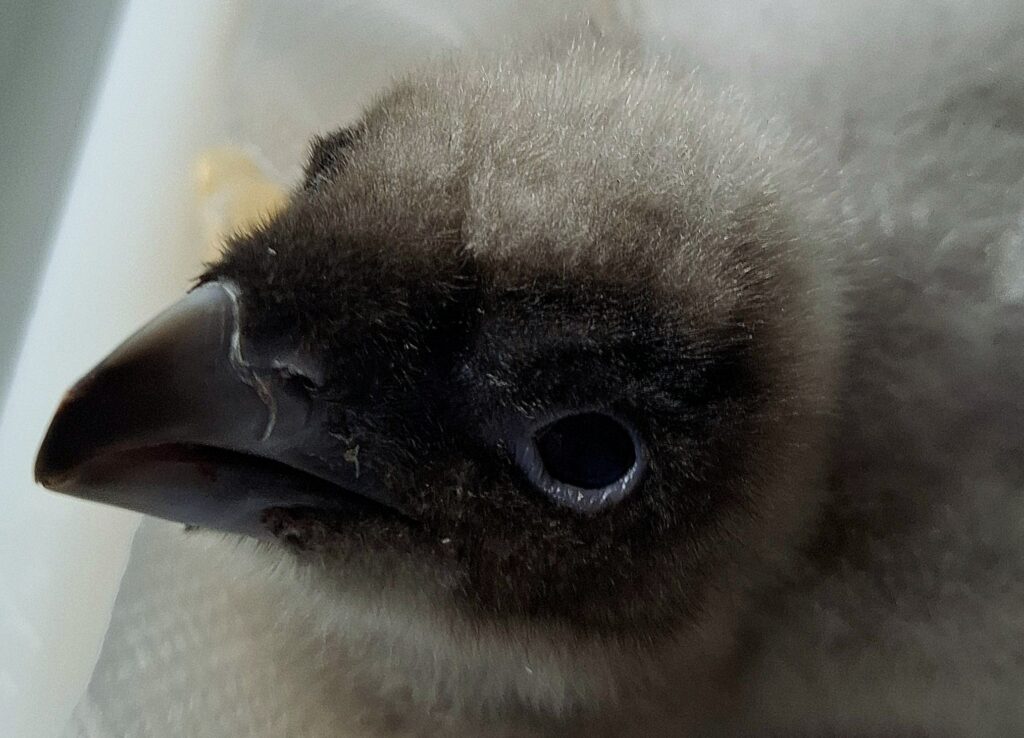
- 8 March – Toba’s chick hatches: BG1270
At 08:10, another chick, BG1270, made its appearance, hatching with a little help from the team. This chick, from Toba’s egg (parents: Borosa x Toba – BG337 x BG317), weighed only 120.8g and had a rough start. Initially very weak with no appetite and significant digestive issues, it required intensive care, including four days of antibiotherapy and frequent doses of oral serum, chamomile, and probiotics to keep dehydration at bay. After six days of dedicated care, the chick’s condition improved, and it began eating on its own. On 17 March, it was successfully adopted by the female Keno, marking a promising turn in its recovery.
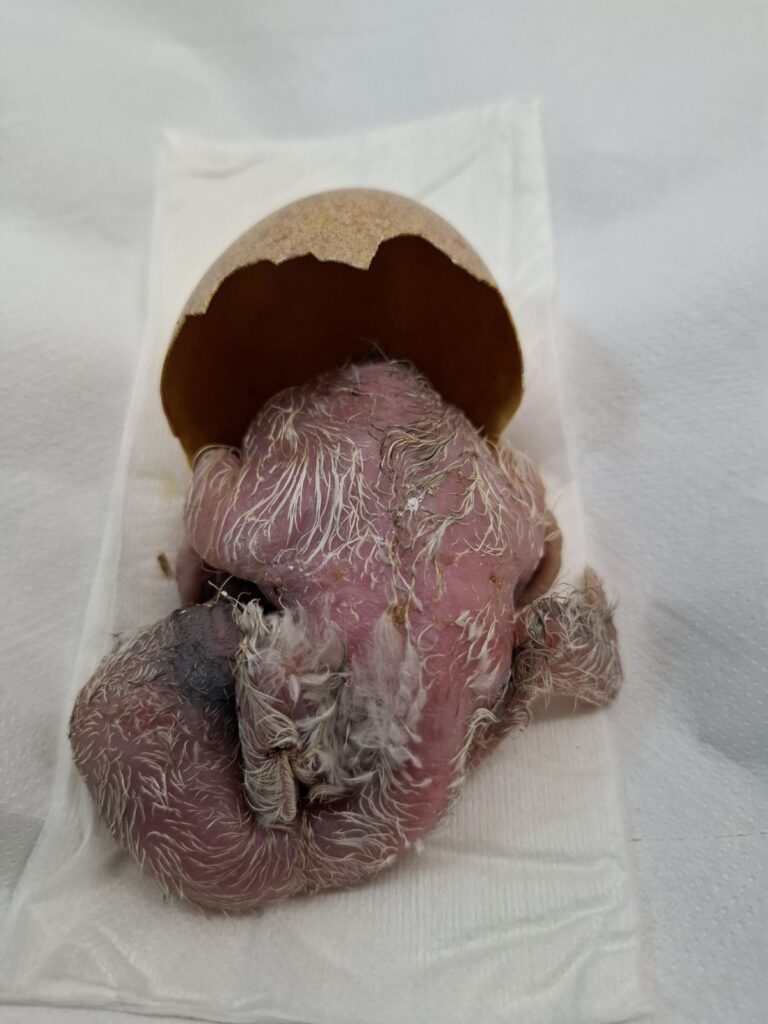
- 8 March – Viola’s second chick hatches: BG1271
Later that same day, at 17:35, BG1271, the second chick of Elías x Viola (BG313 x BG337), hatched without assistance, weighing 139.4g. The chick has been developing normally in the laboratory, showing all the signs of healthy growth. On 10 March, it was successfully adopted by its biological parents.
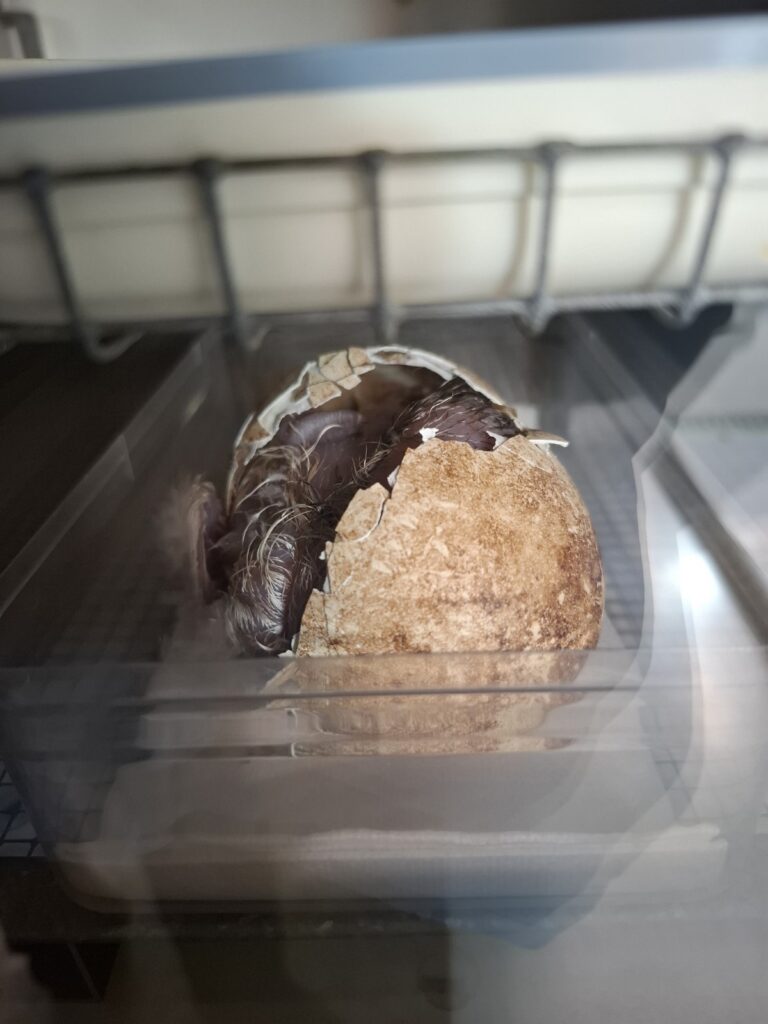
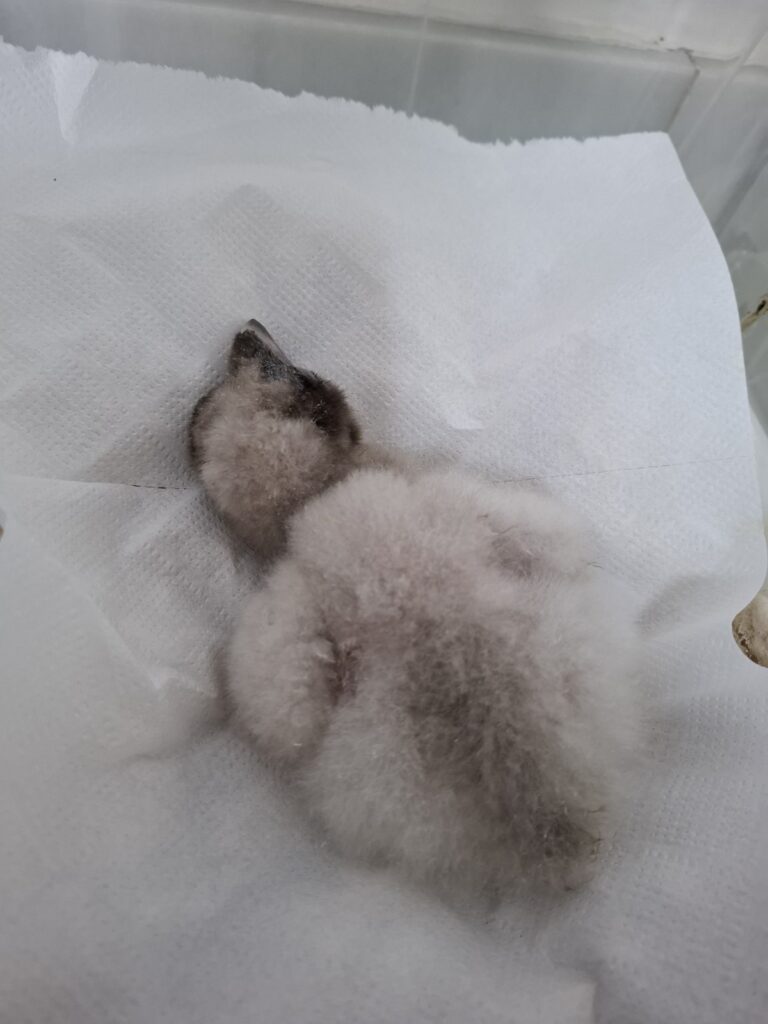
The work continues
Even in a challenging season, the work of the dedicated staff at Guadalentín remains critical to the long-term recovery of the Bearded Vulture across Europe. Every chick hatched brings us one step closer to securing the future of this species in the wild.
Bearded Vulture EEP
The Bearded Vulture EEP, coordinated by the Vulture Conservation Foundation (VCF) on behalf of EAZA, continues to focus on enhancing the genetic diversity and stability of the European population. With a network comprising over 40 institutions, the EEP supports captive breeding that underpins reintroduction projects across Europe.



